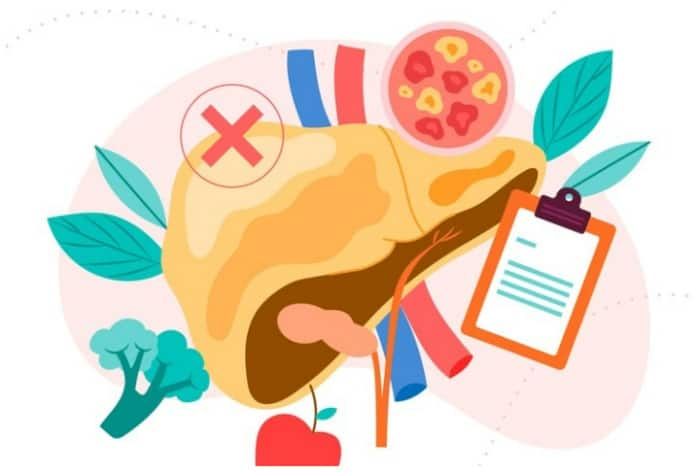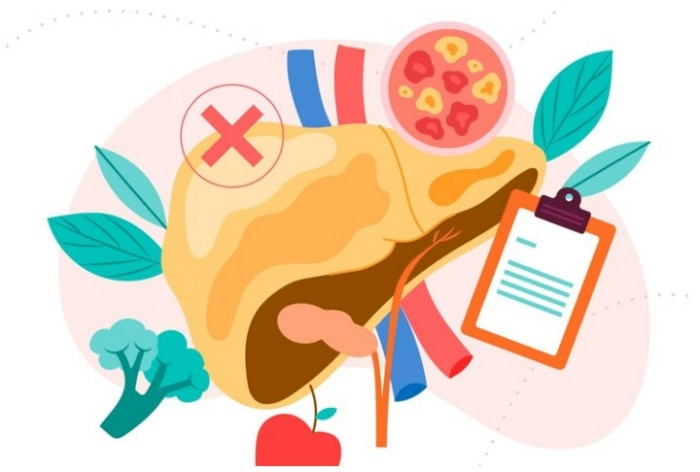Fatty liver or non-alcoholic fatty liver disease is increasing in India and not just in adults, but children as well. Here are some basic causes that may lead to fat build-up and why.

Fatty liver cases are severly on arise in India. Few months back, study by AIIMS, over one-third or 38 per cent of Indians have fatty liver or NAFLD. The study published in Journal of Clinical and Experimental Hepatology further stated that nearly 35 per cent of children are also affected with this condition. Fatty liver is basically the fat accumulation om liver that leads to blockage of blood flow. This further risks the heart for major cardiovascular issues. It is also known as non-alcoholic fatty liver disease (NAFLD). Celebrity nutritionist Anjali Mukerjee enlisted some major causes behind fat build-up in liver. Reportedly, fatty liver is also increasing in children majorly due to a sedentary lifestyle. Here are few every factors that lead to fatty liver but we may often overlook it.
7 CAUSES OF FATTY LIVER THAT MAY GO UNNOTICED
- Obesity: Excess body weight, especially abdominal obesity, increases the risk of developing fatty liver disease. Fat accumulation in the liver can lead to inflammation and liver damage over time.
- Low Stomach Acid: Low stomach acid levels can impair digestion and nutrient absorption, potentially leading to metabolic imbalances that contribute to fatty liver disease.
- Physical Inactivity: Lack of regular physical activity can contribute to weight gain and metabolic dysfunction, increasing the risk of fatty liver disease.
- Excess Carbohydrate Intake: Consuming high amounts of refined carbohydrates and sugars can lead to elevated insulin levels, which promote fat storage in the liver and contribute to fatty liver disease.
- High Stress: Chronic stress can trigger hormonal imbalances and increase inflammation in the body, which may promote the development and progression of fatty liver disease.
- Congested Liver: Liver congestion, often due to poor diet, excessive alcohol consumption, or exposure to toxins, can impair liver function and contribute to fatty liver disease.
- Excess Toxic Overload: Exposure to environmental toxins, pollutants, and certain medications can overwhelm the liver’s detoxification capacity, leading to liver inflammation and fatty liver disease.
- Excess Sweets and Fruit Juice Consumption: High consumption of sugary foods, including sweets and fruit juices, can contribute to insulin resistance and fat accumulation in the liver, increasing the risk of fatty liver disease.
- Alcohol: Excessive alcohol consumption is a leading cause of fatty liver disease. It can directly damage liver cells and lead to inflammation, scarring, and liver dysfunction.
Certain medications, such as corticosteroids used to treat inflammatory conditions, can contribute to the development of fatty liver disease, especially with long-term or high-dose use. Making lifestyle changes, managing stress, and avoiding excessive alcohol and medication can help prevent and treat fatty liver disease. Consult a healthcare professional for personalised guidance.

